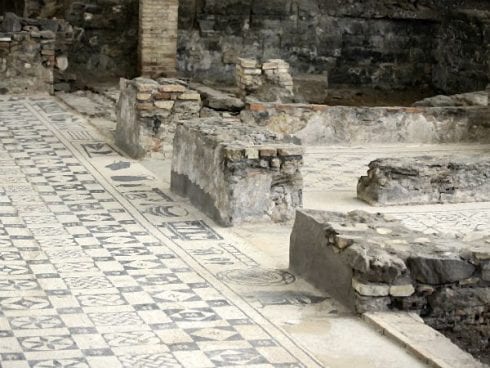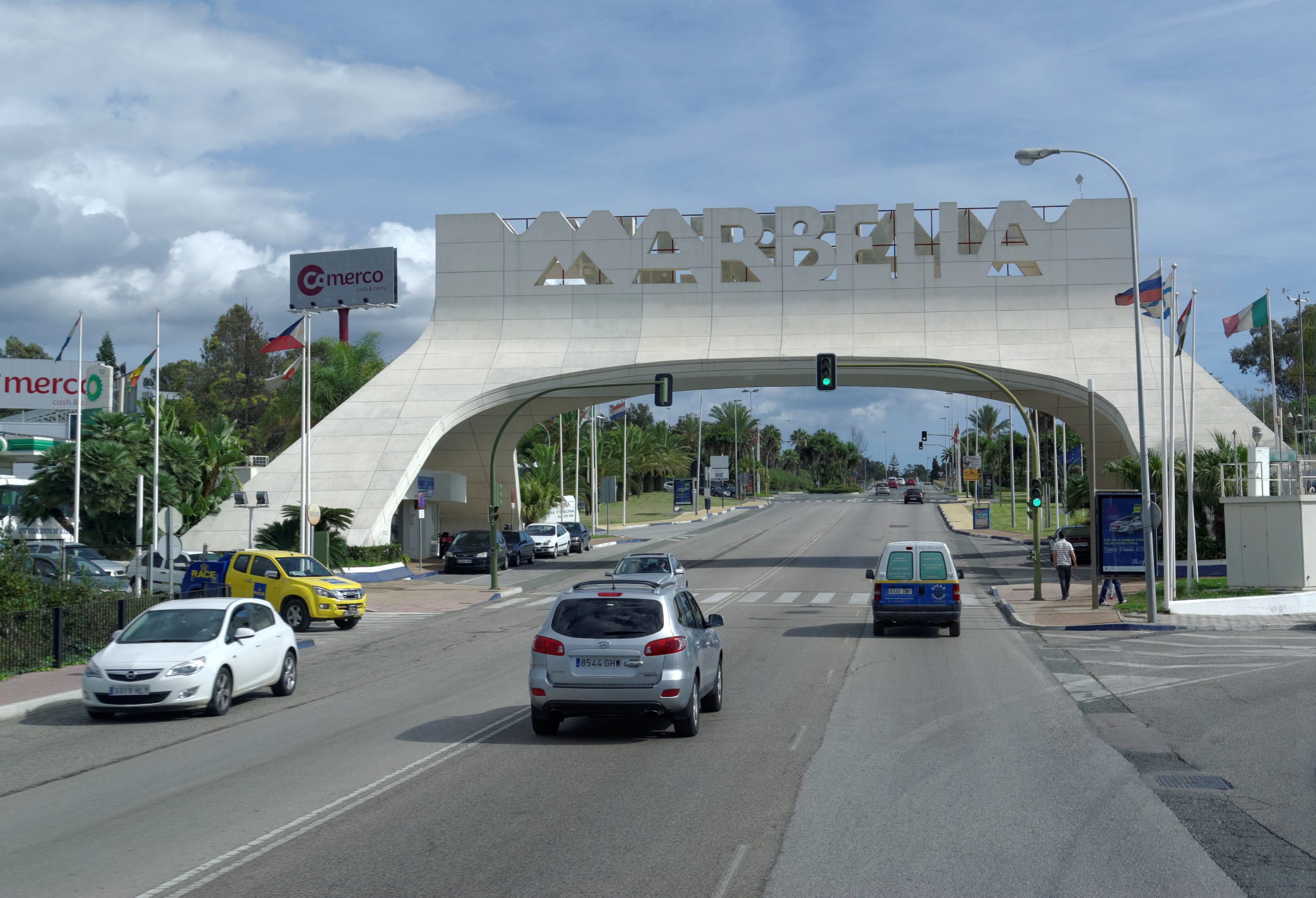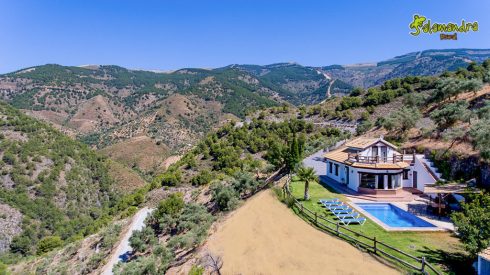MARBELLA has earned the reputation of being a playground for the rich and famous for over half a century.
Photos of the glamorous beach destination fill glossy travel magazines around the world and it’s easily the most aspirational place to live and visit in Europe, bar perhaps San Tropez or Ibiza.

An exclusive enclave, it has long attracted celebrity visitors such as Sean Connery and Audrey Hepburn to its iconic nightclubs and restaurants, while captains of industry, like Alan Sugar and Theo Paphitis, and footballers, like Eden Hazard and Gareth Bale stalk its fairways and marinas.
While British reality TV show The Only Way is Essex (TOWIE) has helped immortalise ‘Marbs’ as the ultimate party destination, bringing it crashing down to earth somewhat, the genuine super-rich still come to visit.

It is no coincidence that during the two year pandemic, its five-star hotels were almost full, while property prices soared to unbelievable heights.
As one estate agent told the Olive Press, Marbella is ‘almost bulletproof from a slowdown or crash’. “It is almost unique in Europe,” he added.
There are simply not enough villas for sale and listings are becoming incredibly scarce to come by. Demand far outstrips supply.
And buyers are heading to Marbella for a lot more than just sunshine and beaches.
While it’s fair to say that the majority of tourists come to eat well and rub shoulders with the super rich and party, a good few end up marvelling at its history, while inspecting its Moorish walls in the centre, or stumbling over a Roman villa or Visigothic church on its outskirts.

The Costa del Sol resort has certainly gone through an interesting trajectory to become the place it is today.
Take away the top of the range cars, foreign visitors in designer clothes, and rowdy revellers, then rewind the clock several millennia, and you’ll find it’s always been a popular spot.
Marbella’s earliest origins are as a palaeolithic settlement. Humans hunted and gathered over the very same land that now boasts Michelin-starred restaurants.
Its next incarnation was as a Roman city. You can see the evidence at the Termas de Las Bovedas Roman baths, near San Pedro de Alcantara, and at the Roman villa in Rio Verde.
The northern European Visigoths were frequent visitors to the coast and left their mark in the form of the Vega del Mar Basilica, a necropolis, also to be found in San Pedro.
Today’s Marbella would be totally alien to the Visigoths, but the early Arabs spotted the town’s potential, calling it bien habitada, or ‘place of good living’.
They built a walled city in the old town in the tenth and 11th century and even a large Alcazaba castle.
The walls, some of which survive today, were dotted with around a dozen towers, including the Torre del Puente Levadizo (meaning the ‘Drawbridge Tower’) and the Torre de la Puerta de Hierro (or ‘the Iron Door Tower’).
While nothing of the size of Sevilla or Granada, it came a close second to Ronda in terms of size and fell to the Christian Crusaders in the same year, 1485, just seven years before the Catholic Reconquest was complete.

Before tourism arrived in the 1950s and 60s, Marbella was surprisingly industrial: During the 19th century, it was the most important centre for steel and iron production in the whole of Spain.
At one point 75% of the country’s supply came from one single production plant in Marbella.
The industry eventually shifted to the north of Spain turning the local economy to farming, in particular, growing sugar cane, before finally seeing the rewards it could reap as a holiday destination.
Marbella’s glitz and glamour has its roots in the period after the Spanish Civil War, during which it had been a haven for Nazis and Franco’s Falangists.
When Spanish nobleman Ricardo Soriano founded the Albergues del Rodeo residential complex in 1943, he established Marbella’s tourism model for the future.
It was clear that the combination of leafy, upmarket villas with the warm climate, expansive views and beautiful beaches was a winning formula.
Over the following decades, more picturesque estates were developed, and the price of land went through the roof.
Savvy people, who would become responsible for shaping the modern Marbella, started moving in.
One of them was Don Jose Banus, who developed the area that epitomises the glamorous Marbella lifestyle: Puerto Banus.

Jose Banus was close to the Spanish dictator, General Franco. He had worked as a spy on the Nationalist side during the country’s bloody civil war, and Franco visited him on the Costa del Sol a few years before his death.
The architect had no shortage of powerful friends to help him promote his new resort.
The grand opening celebrations for Puerto Banus in 1970 lasted a week, and included a dinner and dance for 1000 guests.
Prince Rainier of rival luxury destination Monaco attended along with his wife, Princess Grace, who danced with Banus under the watchful gaze of guests including Playboy founder Hugh Hefner.
Marbella’s glittering reputation grew, attracting hugely wealthy visitors from the Middle East.
King Fahd of Saudi Arabia became a frequent guest – as did Osama Bin Laden, no less (later named as the mastermind behind the 9/11 attacks on New York’s Twin Towers). He enjoyed several holidays there between 1977 and 1988.
More positive endorsements came from favoured celebrities, including former James Bond stars Sean Connery and Roger Moore who acted as international ambassadors for Marbella in the 80s and 90s.
So many world leaders came and went, with Tony Blair, David Cameron and Michelle Obama coming for holidays, while former Spanish Prime Minister, Jose Maria Aznar, bought himself a house in Guadalmina.

President Putin acquired a palace in the Zagaleta urbanisation in the hills above the resort ( revealed to the world by the Olive Press) while crooner Julio Iglesias also swooped in for a mega-estate on the borders of Istan.
Sportsmen came in their droves, with boxers Tyson Fury and Anthony Joshua even visiting to train in the very same month. Simon Cowell, Eva Longoria and Prince, the list goes on.
The new millennium saw the nightlife volume turned up to max.
The late Olivia Valere arrived from Paris to open her eponymous nightclub in 2000, and Prince came to party . . . like it was 1999.
More club openings and legendary nights out have followed. Just wait until Ibiza superclub Pacha opens up the road, in nearby Estepona.
Marbella is a destination that has been a lot of different things to different people over the years, but the world-class restaurants, cosmopolitan atmosphere, and perfect climate look set to entice the world’s elite for decades – if not millennia – to come.
READ MORE:
- Why these pueblos in Spain should be on your travel bucket list this summer
- SPAIN TRAVEL: Eight interesting villages to put on your Andalucia bucket-list
- Ten very good reasons to make Extremadura your next travel destination in Spain











